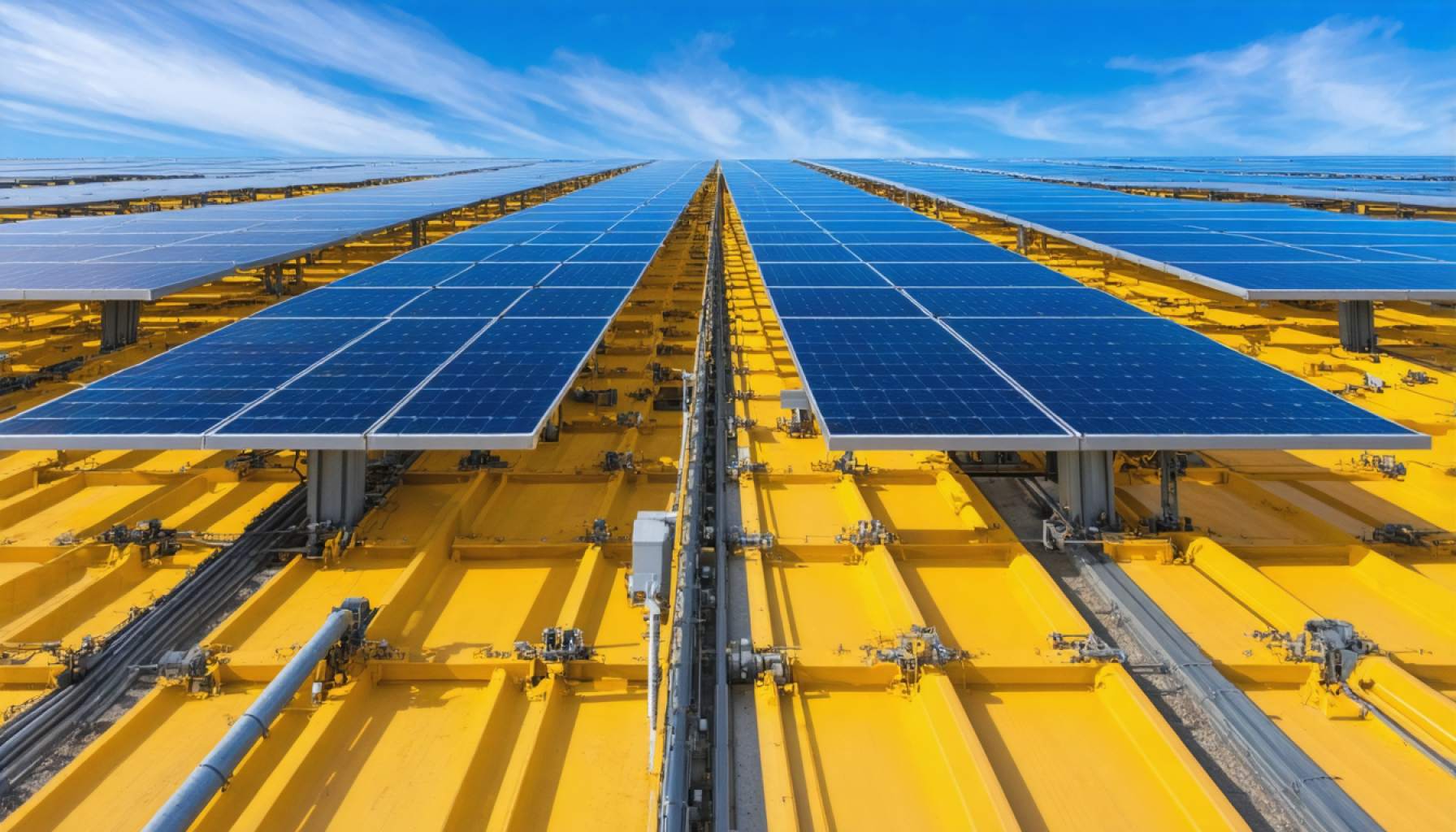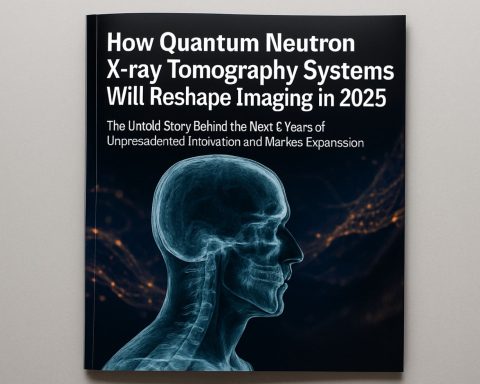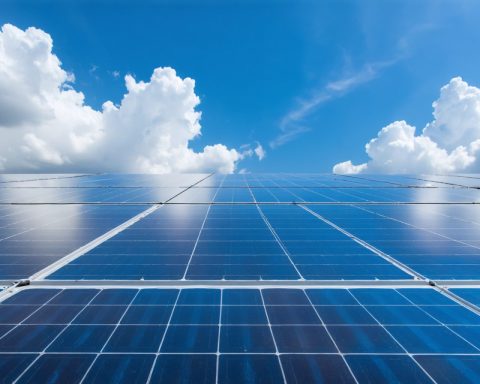- The world is transitioning from fossil fuels to renewable energy sources, significantly impacting global power infrastructure.
- Countries are leveraging solar, wind, and tidal energy to achieve climate goals and reduce carbon footprints.
- Renewable energy advancements, such as efficient solar panels and intelligent wind turbines, are transforming energy generation.
- In 2022, renewables accounted for nearly 90% of global power capacity additions, highlighting rapid progress.
- Economic landscapes are shifting with increased investments in renewable technologies, reaching $495 billion in 2022.
- Challenges include aging grid infrastructures and the impact of extreme weather on renewable systems.
- Renewable energy adoption offers environmental benefits and economic opportunities, leading to lower energy bills and cleaner air.
- The global shift towards renewables is an inevitable movement characterized by innovation and resilience.
Picture a world where the sights and sounds of towering smokestacks and the hum of fossil fuel plants fade into distant memories. Across the globe, a quiet revolution unfolds as nations, big and small, embark on a mission to harness the sun, the wind, and the restless tides. This is no fiction; it’s a tangible shift reshaping our future.
The journey toward a sustainable energy landscape is not just a response to environmental crises but a deliberate move driven by innovation and urgent climate goals. Solar panels gleam atop urban rooftops. Wind turbines, like modern-day sentinels, capture the invisible currents above sprawling fields and open seas. In places too remote for conventional infrastructure, microgrids bring power where none existed before.
This transformation, dazzling yet measured, thrives on advancements that just a decade ago seemed distant dreams. Solar photovoltaic systems now boast efficiencies that allow even cloudy regions to bask in their benefits. Wind energy costs plummet as turbines grow in size and intelligence. The International Energy Agency reports that renewable sources accounted for nearly 90% of global power capacity additions in 2022, a clear testament to the rapid evolution at play.
Yet, this momentum is not without hurdles. Aging grid infrastructures groan under the new demands, requiring savvy upgrades to sustain stability. Climate challenges too pose a dual-edged sword, as extreme weather events test the resilience of even the most robust systems.
The economic landscape is also being molded by this shift. Regions once tethered to coal and oil are charting new paths toward technologies that promise not just sustainable energy but vibrant, inclusive economies. Investments in renewables surpass those in fossil fuels, signaling not only an environmental but a pivotal economic turning point. BloombergNEF highlights that investment in the renewable sector reached an all-time high, nearing $495 billion in 2022.
What does this mean for us? Beyond the geopolitical and environmental implications, lies a profound personal impact. Households witness shrinking energy bills and communities enjoy cleaner air. Our daily choices, from the cars we drive to the foods we consume, are subtly and irrevocably intertwined with this energy metamorphosis.
Despite the formidable challenges that this global pivot encounters, the drive toward renewables is inexorable. As momentum gathers, fortified by technological strides and bolstered by policy frameworks, this quest for clean energy surges forward. This is no less than a redefining epoch for humanity—a testament to our capacity for innovation and resilience.
In the end, as we stand at the cusp of this green era, the path forward is as thrilling as it is crucial. It’s a journey not just taken by policymakers and corporate giants but one laid out for each of us to tread and champion. The takeaway is glaringly clear: the age of renewable energy is not merely a future vision but a vibrant reality in the making. And every step taken today charts a course toward a sustainable, equitable tomorrow.
The Dawn of a Renewable Era: How Solar and Wind Energy are Revolutionizing Our World
Understanding the Renewable Energy Breakthrough
The transformation towards renewable energy is a crucial step for our planet, driven by the need to address environmental concerns and climate change. This shift is redefining not just the energy landscape but also our economies and daily lives.
Technological Advancements in Renewable Energy
1. Solar Efficiency Gains: The efficiency of solar photovoltaic (PV) systems is a key driver of widespread adoption. Modern PV systems can convert more sunlight into electricity, enabling even cloudier climates to benefit significantly from solar energy.
2. Wind Turbine Evolution: Today’s wind turbines are larger and more sophisticated, with improved aerodynamics and materials that allow for greater energy capture and reduced costs. Offshore wind farms are particularly beneficial due to stronger and more consistent winds.
3. Microgrids and Energy Independence: Microgrids offer a practical solution for remote areas by providing a localized and self-sufficient energy supply. These systems enhance resilience and decrease reliance on larger, sometimes unreliable power grids.
Market and Industry Trends
– Investment Shift: According to BloombergNEF, the renewable sector saw a record investment of nearly $495 billion in 2022. This trend is expected to continue as global economies pivot away from fossil fuels.
– Job Creation and Economic Impact: The renewable energy sector is generating a significant number of jobs across manufacturing, installation, maintenance, and more, promoting an inclusive economic growth.
Practical Applications and Real-World Use Cases
– Residential Impact: Households can see reduced energy costs and increase energy independence by installing solar panels or wind turbines. Incentives and subsidies often make these investments more accessible.
– Community Projects: Cooperative energy projects allow communities to share renewable resources, reducing costs and increasing local engagement with sustainable practices.
Challenges and Considerations
1. Grid Infrastructure: Aging grid systems must be upgraded to handle the variable supply of renewable energy. Smart grids and storage solutions are pivotal in overcoming these challenges.
2. Climate Resilience: Extreme weather can impact renewable installations; thus, technology needs to continually adapt to these conditions to maintain energy supply stability.
Actionable Recommendations for Personal and Community Adoption
– Conduct Energy Audits: Assess your home’s energy usage and identify opportunities to incorporate renewable technologies, such as solar panels or small-scale wind turbines.
– Advocate for Policy Support: Encourage local and national policymakers to support renewable energy development through subsidies, grants, and research funding.
Insights and Predictions
The global movement toward renewable energy is only expected to accelerate. As technology advances and costs continue to fall, we may see even broader adoption of sustainable energy solutions. This could include innovations like floating solar farms, which maximize space usage and potentially increase solar energy output.
For more information and updates on renewable energy initiatives, visit International Energy Agency and BloombergNEF.
In conclusion, transition to renewables is not just an environmental necessity but an economic opportunity. It’s a journey that involves everyone—governments, corporations, communities, and individuals. Embrace this shift today, and contribute actively to a sustainable tomorrow.











